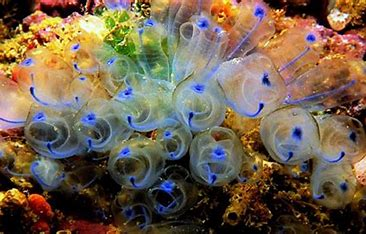Here are nine animals with blood that isn't red:
1. Octopuses
Octopuses have blue blood due to a copper-rich protein called hemocyanin, which is more efficient than hemoglobin at transporting oxygen in cold, low-oxygen environments.
2. Horseshoe Crabs
Horseshoe crabs also have blue blood, thanks to hemocyanin. Their blood contains important compounds used in medical research to detect bacterial contamination.
3. Spiders
Many spiders have blue blood for the same reason as octopuses and horseshoe crabs: hemocyanin. The copper in hemocyanin turns the blood blue when it binds with oxygen.
4. Sea Cucumbers
Sea cucumbers have yellow blood because of the presence of a compound called vanadium, which is thought to be involved in their oxygen transport.
5. Brachiopods
These marine organisms, which resemble clams, have purple blood due to the presence of a protein called hemerythrin, which binds to oxygen and turns purple.
6. Peanut Worms (Sipunculidae)
Peanut worms have violet blood, also because of hemerythrin. The protein gives their blood a distinct purple color when oxygenated.
7. Icefish
Icefish, found in Antarctic waters, have white or colorless blood. They lack hemoglobin, which is responsible for the red color in most vertebrate blood, and instead absorb oxygen directly from the water.
8. Tunicates (Sea Squirts)
Some species of tunicates have green blood due to a vanadium-binding protein. This unique pigment gives their blood a striking green hue.
9. Leeches
Leeches have green blood because of chlorocruorin, a respiratory pigment similar to hemoglobin but with a green tint.
These animals showcase the diversity in the natural world, where blood color can vary significantly depending on the environment and the oxygen-carrying molecules in each species.










0 Response to "9 Animals who Don't Blood Red"
Post a Comment